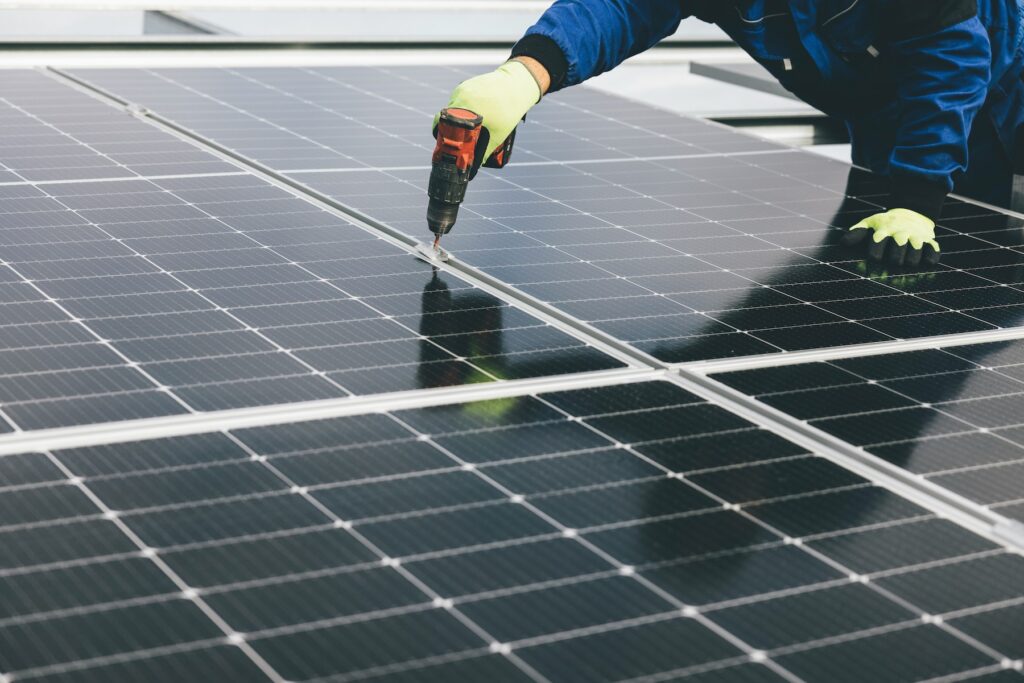The rise of sustainable living in the Philippines is marked by the growing adoption of a net zero lifestyle, where individuals and communities strive to minimize their carbon footprint and environmental impact to create a more sustainable future.
Are you familiar with the concept of a net-zero lifestyle and sustainable living? In the face of the environmental challenges currently plaguing the Philippines, embracing a net-zero lifestyle is important. It can help reduce greenhouse gas emissions and minimize over-exploitation of natural resources. Through this, you can significantly mitigate the impacts of climate change, deforestation, and pollution.
Transitioning to sustainable practices such as energy efficiency, renewable energy use, waste reduction, and mindful consumption is beneficial for the environment and your well-being. By adopting a net zero lifestyle, you can contribute to safeguarding natural resources, promoting ecological balance, and creating a healthier future.
Environmental Challenges in the Philippines
Climate Finance: Helping the Philippines cope with climate change by Agence Française de Développement (AFD)
The Philippines is highly vulnerable to the adverse effects of climate change. Earth.org revealed that frequent and intense typhoons, rising temperatures, and shifting rainfall patterns are wreaking havoc on communities, infrastructure, and ecosystems. Urgent measures are crucial to climate change. It includes adoption of renewable energy sources, and the promotion of climate-resilient practices such as building resilient infrastructure and practicing ecosystem-based adaptation.
The coastal waters of the Philippines are facing grave pollution problems. According to Earth.org, improper waste management, untreated sewage, industrial discharge, and overfishing are degrading marine ecosystems and threatening the livelihoods of coastal communities. To address these issues, it is vital to improve waste management practices and enforce stricter regulations on industrial pollution.
In addition, as urban areas expand and industries grow, air pollution has become a pressing concern in the country. Vehicle emissions, industrial activities, and the burning of fossil fuels contribute to poor air quality, according to Energy Tracker Asia. Encouraging the use of clean and renewable energy sources, promoting sustainable transportation alternatives, and implementing stricter emission standards are essential steps toward mitigating air pollution.
Adopting a Net Zero Lifestyle in the Philippines
The Philippines is highly vulnerable to the impacts of climate change. By embracing a net zero lifestyle, we can actively contribute to mitigating climate change and reducing our dependence on fossil fuels.
Adopting a net-zero lifestyle in the Philippines requires a collective effort. To begin, focus on energy efficiency and renewable energy. Reduce energy consumption by using energy-efficient appliances and lighting, maximize natural lighting and ventilation, as per Grit Ph. We can also invest in rooftop solar panels.
Sustainable transportation is also crucial. Utilize public transportation, carpool, or cycle whenever possible, and consider transitioning to electric or hybrid vehicles. Waste reduction and recycling also play a significant role, so practice proper waste segregation, minimize single-use plastics, compost organic waste, and support waste reduction programs, according to Grit Ph.
Sustainable food choices are vital too, so opt for locally sourced, support sustainable agriculture, and cultivate community gardens. Moreover, conservation and reforestation efforts are essential, so support tree planting initiatives and promote responsible tourism.
Similarly, water conservation is equally important, so practice efficient water usage, support water conservation programs, and raise awareness about its importance. Education, advocacy, collaboration, and partnerships are key to spreading awareness and implementing sustainable practices. Stay informed, educate others, and engage in discussions.
Adopting Green Architecture and Infrastructure
Embracing green architecture and infrastructure offers a promising pathway toward a sustainable future. According to the Environmental Protection Agency, by integrating environmentally friendly design principles, energy-efficient technologies, and nature-centric approaches, we can create buildings and infrastructure.
Green architecture emphasizes energy efficiency as a core principle. Incorporating features like passive design strategies, efficient insulation, and advanced lighting systems can significantly reduce energy consumption in buildings, as per EPA. By adopting these measures, we can reduce greenhouse gas emissions, combat climate change, and contribute to the Philippines’ energy security.
Green architecture promotes the use of sustainable materials and construction practices. Opting for locally sourced, eco-friendly materials that have a low carbon footprint reduces the environmental impact associated with transportation and extraction. By prioritizing sustainable materials and construction methods, we can minimize waste generation and promote a circular economy.
Why We Should Support Sustainable Living in the Philippines
Filipinos should support sustainable living for several compelling reasons. Firstly, as a nation highly vulnerable to the impacts of climate change, embracing sustainable practices is essential for our resilience and survival. By reducing greenhouse gas emissions, conserving natural resources, and promoting sustainable energy, we can mitigate the risks of extreme weather events, rising sea levels, and other environmental threats.
Additionally, sustainable living contributes to improved public health, enhanced quality of life, and the preservation of our rich biodiversity. It also creates economic opportunities, drives innovation, and promotes social equity.
BillionBricks has started a housing project in the Philippines that involves the development of net zero homes in the country. It is a joint venture between BillionBricks and ENGIE Factory which is expected to start in 2023. To know more about our BillionBricks and our net-zero homes and communities, please email us at hello@billionbricks.org
Sources
-
Dolly Dy-Zulueta. (2023). Embrace a more sustainable lifestyle, Filipinos urged. Retrieved from https://www.philstar.com/lifestyle/business-life/2023/02/13/2241798/embrace-more-sustainable-lifestyle-filipinos-urged
-
Grit Ph. (2023). 11 Sustainable Living Tips for Filipinos. Retrieved from https://grit.ph/sustainable-living/
-
Earth.org. (2023). 4 Biggest Environmental Issues in the Philippines in 2023. Retrieved from https://earth.org/environmental-issues-in-the-philippines/
-
Energy Tracker Asia. (2022). Environmental Issues in the Philippines and New LNG Projects. Retrieved from https://energytracker.asia/environmental-issues-in-the-philippines/
-
Jon Canto. (2022). Making net zero a reality in the Philippines sooner rather than later. Retrieved from https://www.bworldonline.com/opinion/2022/08/03/465843/making-net-zero-a-reality-in-the-philippines-sooner-rather-than-later/
-
Environmental Protection Agency. (n.d.). Benefits of Green Infrastructure. Retrieved from https://www.epa.gov/green-infrastructure/benefits-green-infrastructure









